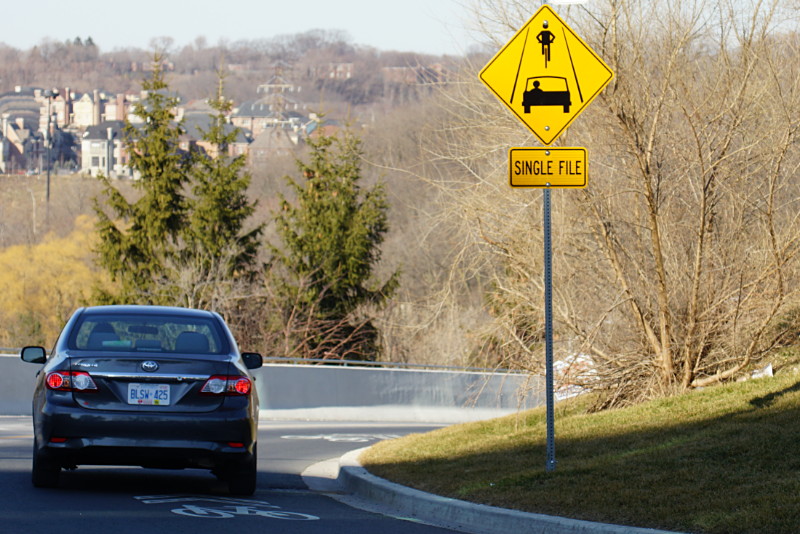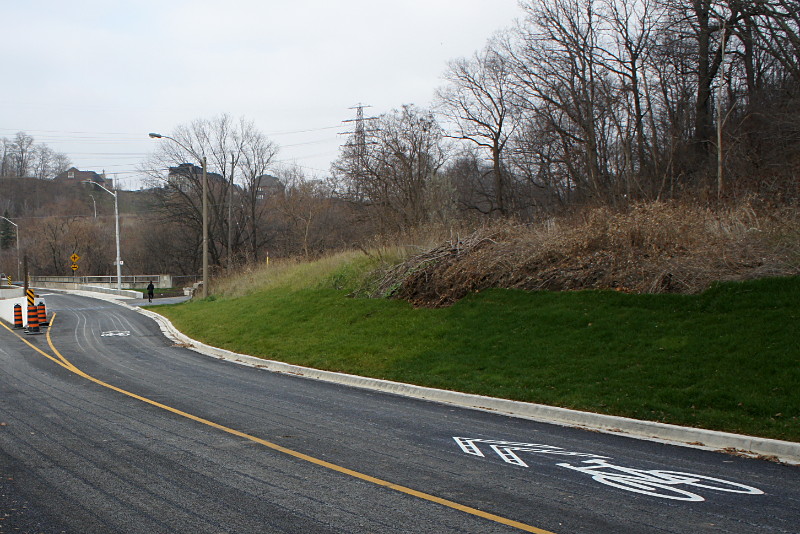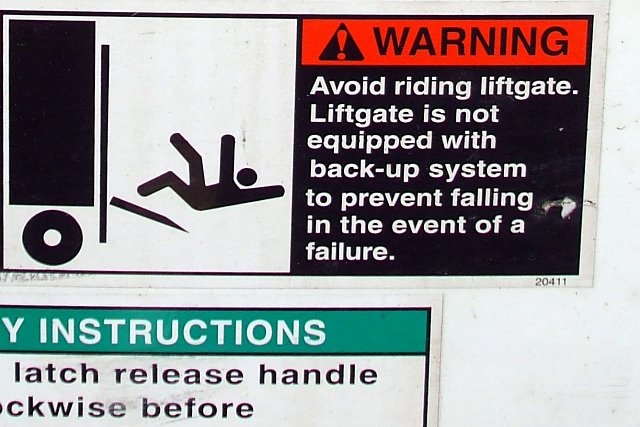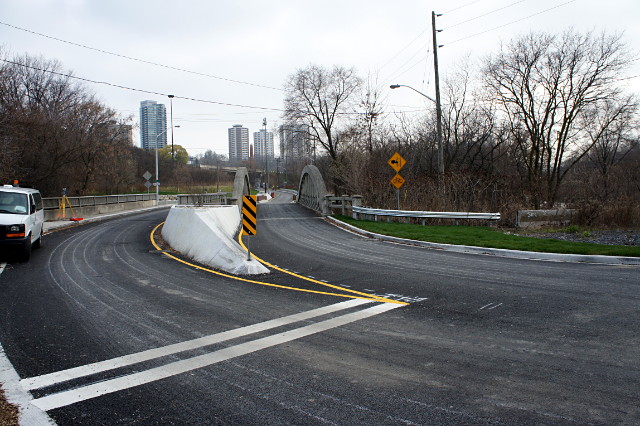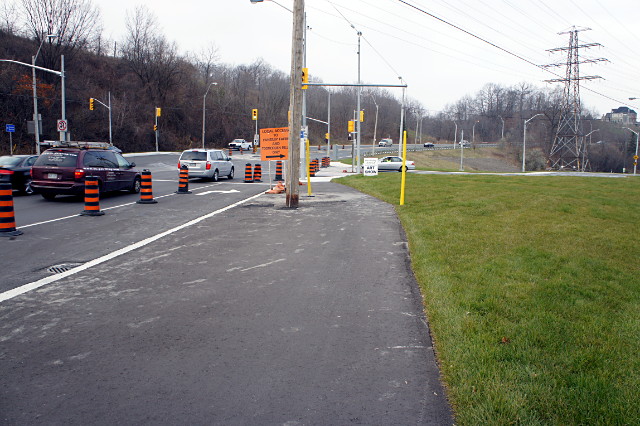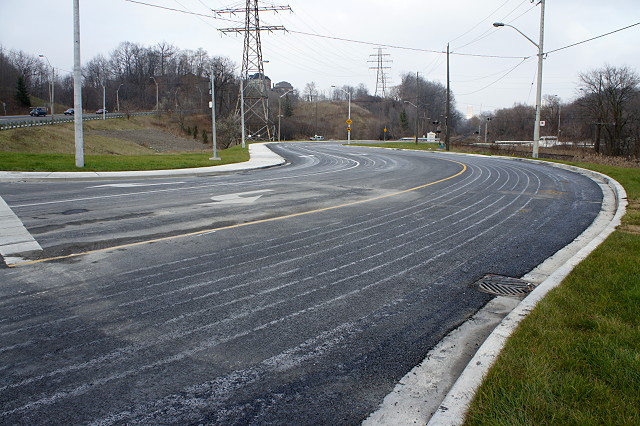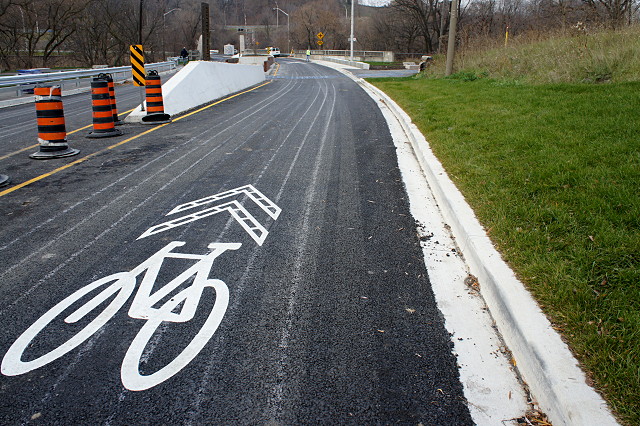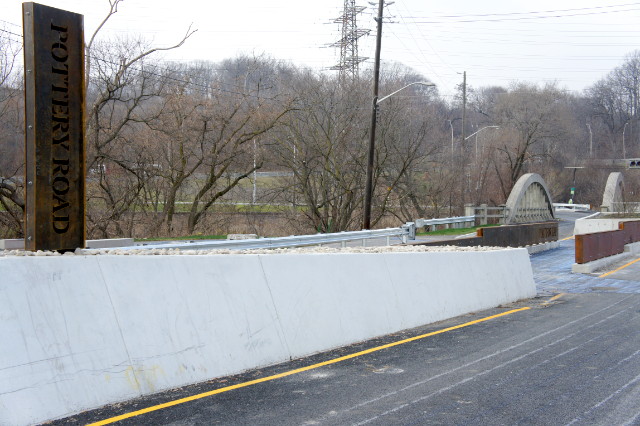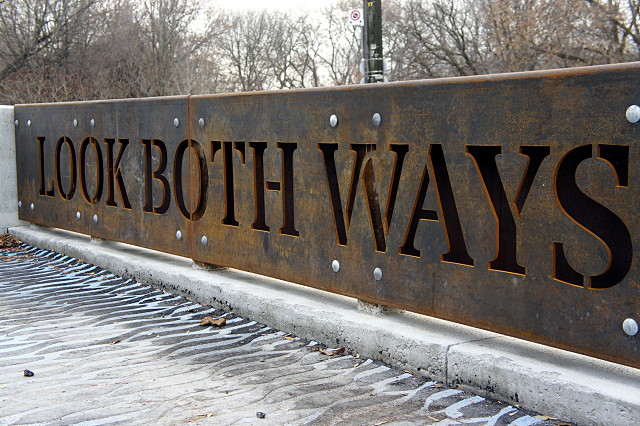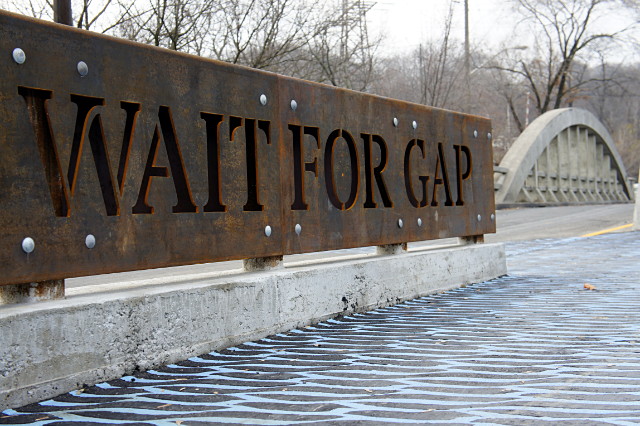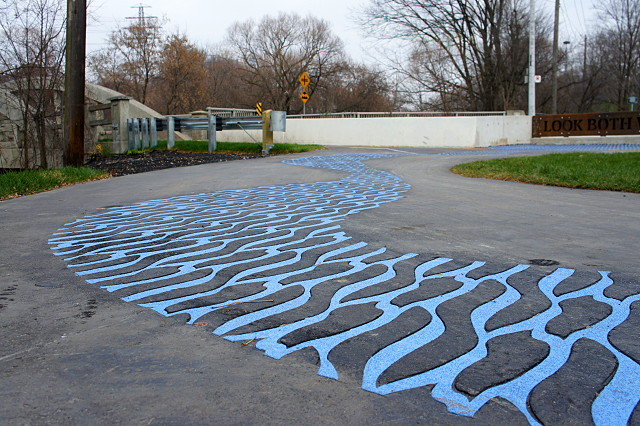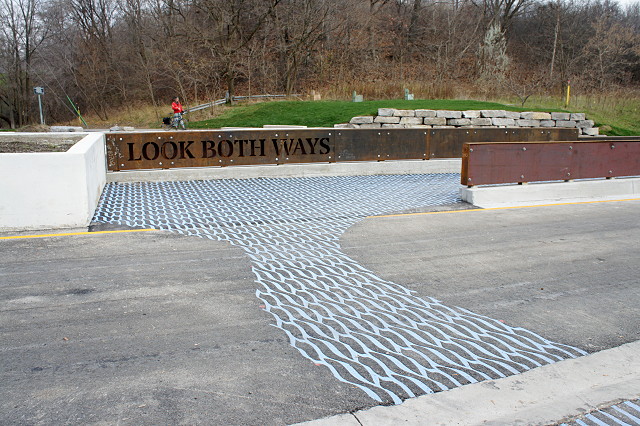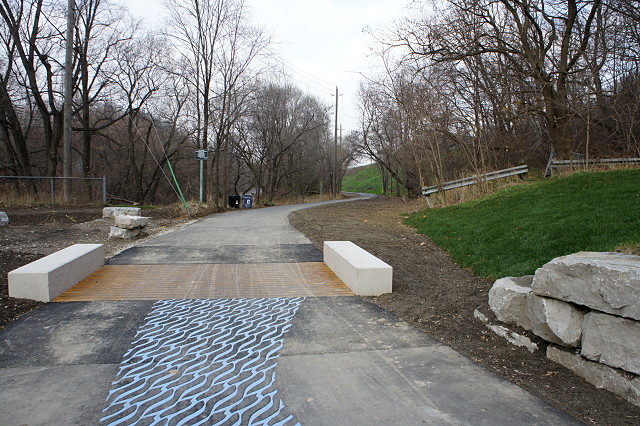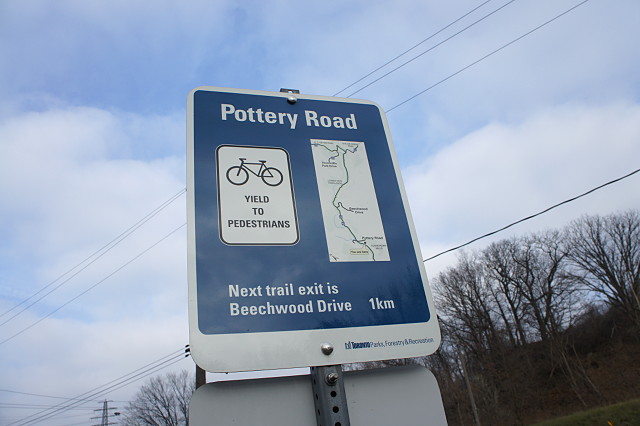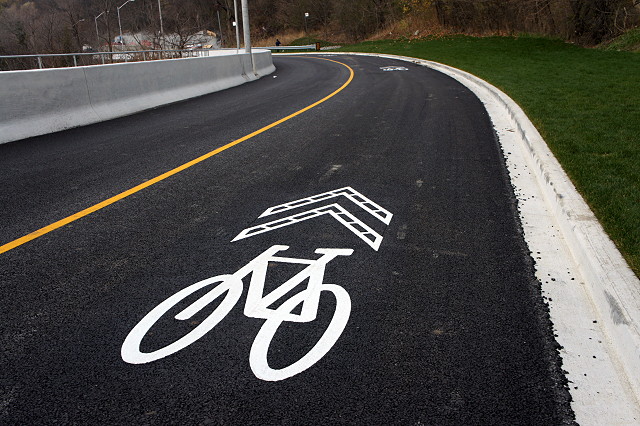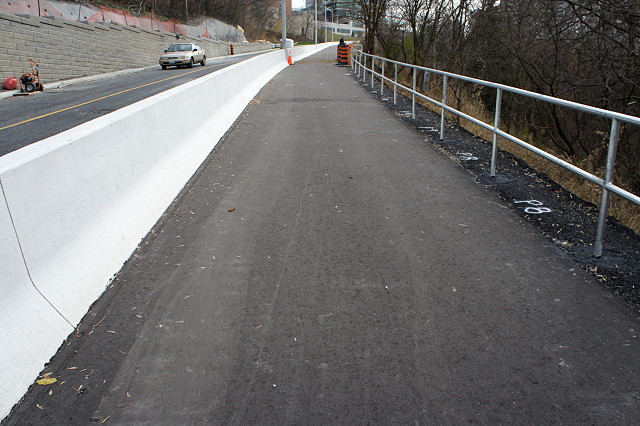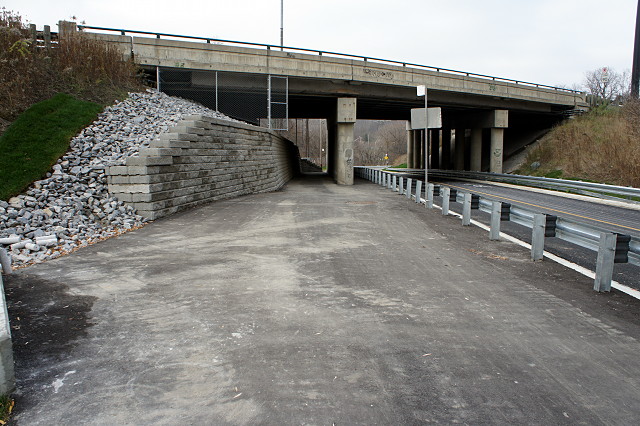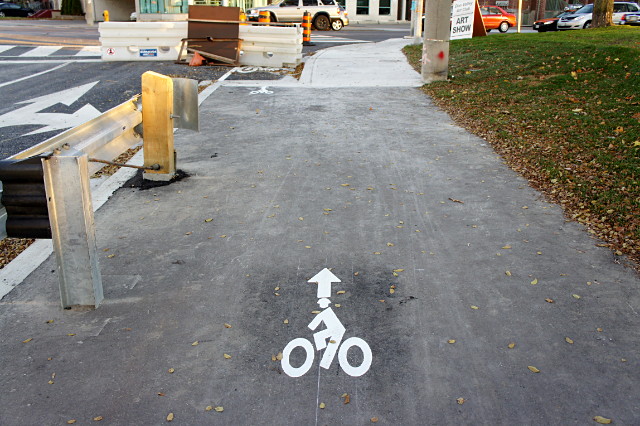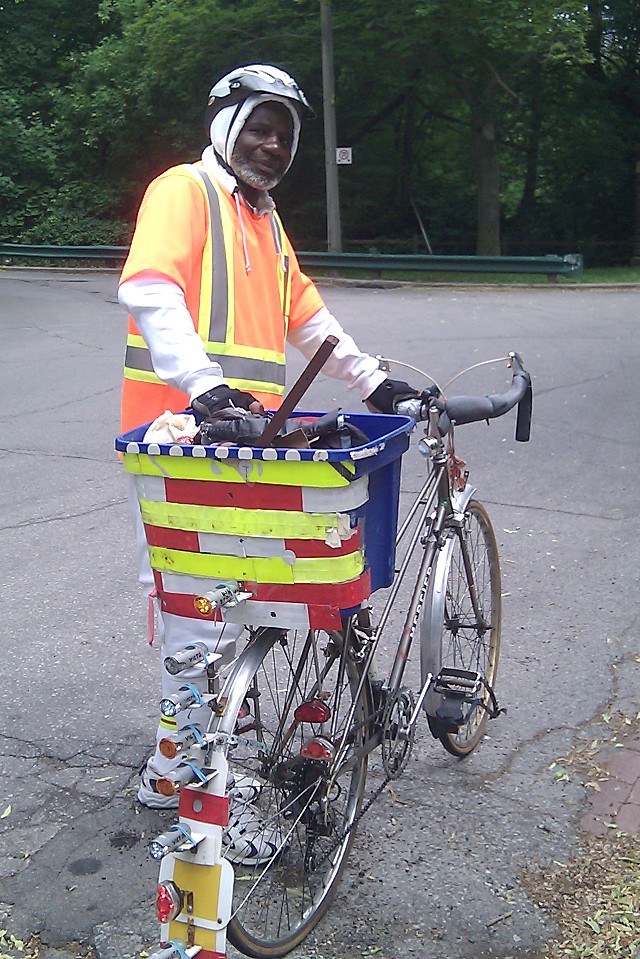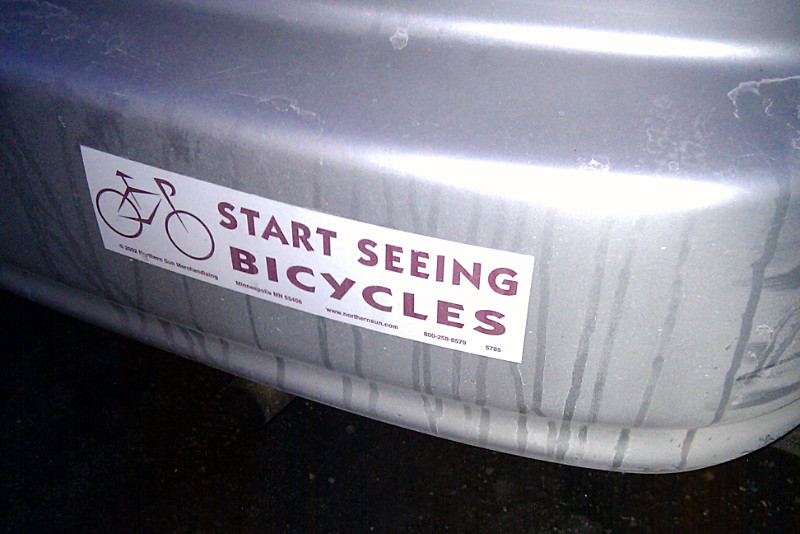
I saw this bumper sticker last night on my way to, appropriately enough, an organizing meeting for Ward 29 Bikes.
Whenever I’m riding in traffic, I’m always secretly grateful to the people who blast their horns and yell at me out their windows. It’s not that I appreciate their road rage or get-outta-my-way entitlement, it’s that if nothing else, I know that they’ve seen me. And drivers who see me, and who know I’m in front of them, and whose rage tacitly acknowledges that they can’t get around me without changing lanes, scare me a lot less than the ones who show up in my mirror while looking down at their cell phones, engaging their passengers in animated conversation, or fiddling with the radio. Those drivers may get away with it most of the time, but they are the ones who really need to start seeing bicycles.
I’d say the same about the people at Lifehacker, who last week posted an article about how car drivers could prevent dooring cyclists. Unfortunately, they stuck with the lazy “invisible cyclists” narrative while transferring the responsibility of motorists to do something as simple as safely opening their doors onto those dastardly bikers:
It has likely happened to all of us: we’re casually opening the door of a car when another car or bike comes whizzing past, nearly hitting the door because they didn’t see it opening. Instructables user milesfromnelhu recognized the problem and decided to fix it by spray painting a warning strip on the inside of the door.
[…]
It’s true you should be looking in your side mirror before popping open the door, but it doesn’t always happen. Smaller vehicles like motorcycles or bicycles might still be invisible when you look in the mirror.
As a cyclist, I have to say that I try to use my powers of invisibility much more sparingly than the above statement would suggest. Still, I always hear that I “came out of nowhere” or that a driver simply “didn’t see” me. As I’ve said elsewhere, if you don’t see me, it’s not because putting a bicycle between my legs activates my cloak of invisibility, it’s because you aren’t paying attention.
If you look at the language in the Lifehacker post, it excuses the person who creates the dangerous situation (the driver opening the door) while laying the blame on the victim (the person about to be hit by it):
- “casually opening the door“: I’m just minding my own business, quietly going about my day without affecting anyone else.
- “car or bike comes whizzing past“: Maniacs, I tell you. Maniacs.
- “because they didn’t see it opening“: It’s not my fault for endangering other people, it’s their fault for not anticipating it and getting out of the way.
- “It’s true you should be looking in your side mirror“: Actually, it’s the law in most places, not merely a suggestion.
- “but it doesn’t always happen“: A really jarring mid-sentence switch to the passive voice to avoid laying blame precisely where it belongs.
- “motorcycles or bicycles might still be invisible“: How can you possibly expect me to see invisible cyclists?
And that’s just in a short two-paragraph article. Unfortunately, it reflects how a lot of motorists feel not just about bikes, but about all other traffic, including pedestrians.
Some motorists often have a knee-jerk reaction against cyclists and cycling infrastructure because they think that our goal is to force them to ride bicycles everywhere. In truth, we just want to be seen. But all of the lights, reflective strips, helmets, mirrors, and DayGlo jackets in the world won’t do us any good if you’re not looking for us. So by all means, stay in your car. But please start seeing bicycles.
